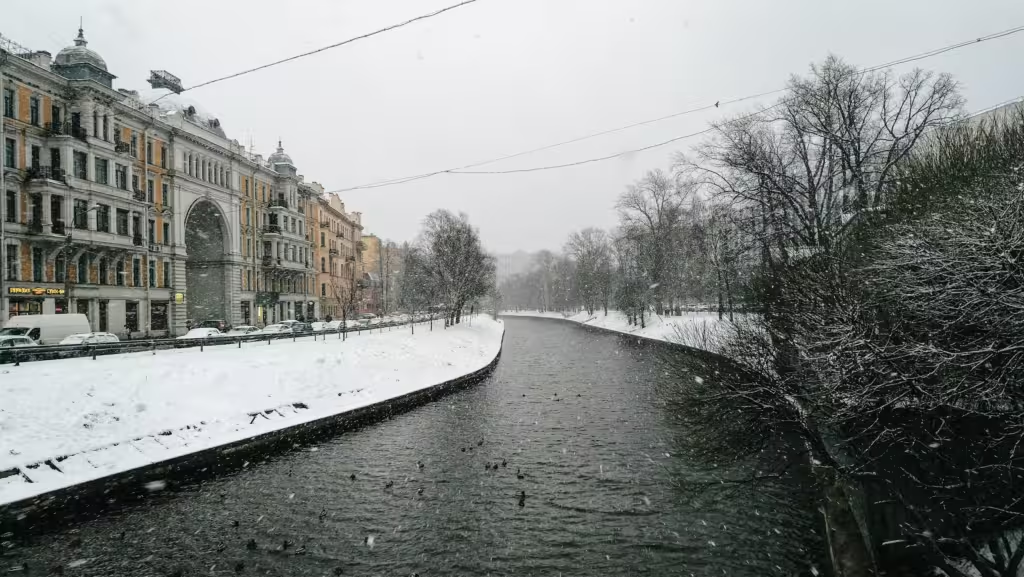Not long ago we made fun of Al Gore’s claim at Davos that greenhouse gas emissions were “creating these Atmospheric Rivers,” pointing out for his benefit, if not his pleasure, that the term was first coined in 1998 and Atmospheric Rivers (ARs) are not recent phenomena. But in light of a new study in Geophysical Research Letters we sheepishly admit that we may have been too flippant. Apparently ARs are important contributors to ice sheet formation during cold seasons but even bigger contributors to melting during warm seasons. And this impact could spell trouble for the Laurentide ice sheet because... uh... because ... wait a second. The Laurentide ice sheet covered Canada 20,000 years ago and was almost gone by about 5,000 years ago with the help of the dreaded Atmospheric Rivers. This study is referring to things that happened long ago. Far from being newfangled hazards caused by your gas stove, AR have been around for as long as the climate has been around.
You might wonder how the scientists went back in time to examine ARs and ice sheets during the depths of the last ice age. It turns out they climbed into a computer and used a climate model programmed to simulate the world as it existed 20,000 years ago. So take it for what it’s worth, which given the failure of models to predict the recent past given known data may not be very much. But what’s interesting is that once they hit Go, the model went and started generating Atmospheric Rivers. Sort of like they’re a built-in feature of the climate system. So it’s not us saying they’ve always been there, it’s the alarmists’ simulations we are meant to rely on in other contexts.
Once they saw that the ARs had appeared in their simulation, the scientists decided to track their formation and dispersal in the model runs in the vicinity of the giant virtual ice sheets. As noted above, the ARs were found to be important contributors to snowfall during the cold season. But in the warm season when they showed up and dumped their rain they caused melting of the ice sheets at the margin. So the authors concluded as best they could that ARs probably played an important role in controlling the extent of the giant glaciers covering the continent and helped speed up their retreat as the planet warmed 10,000 years ago. Which is very clever reasoning, and for their next paper they want to dig into the paleo climate proxy records to see if the ARs left any kind of physical traces behind.
If successful they will help add a couple of small pieces to a large complex puzzle called the climate. In the meantime we simply note, once again, that Atmospheric Rivers are not new, which means they are not attributable to greenhouse gas emissions. So we can go back to making fun of Al Gore.


